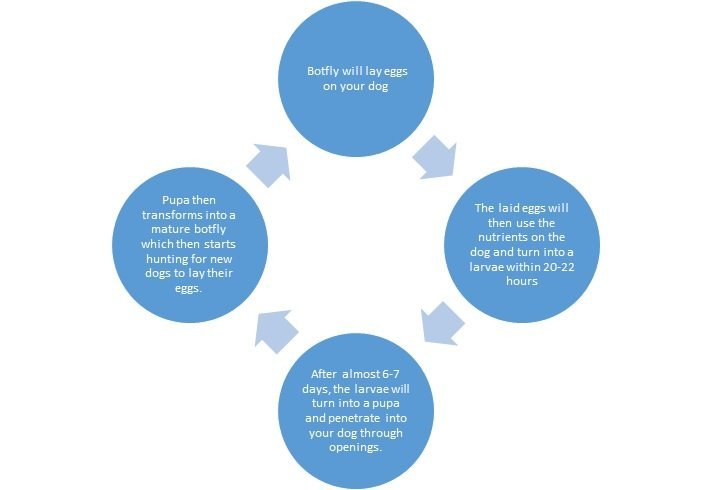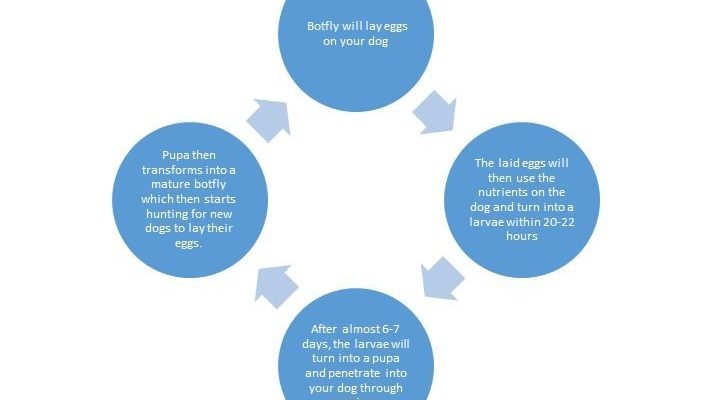
Wolf worms, often found in the wild, play an important role in their ecosystems. They’re not just random squiggles on the ground; they’re part of a bigger story of survival, adaptation, and transformation. Let me take you through this captivating journey of the wolf worm lifecycle, from the moment its humble egg is laid to its emergence into the world.
Stage 1: The Egg Stage
The journey of a wolf worm starts with a small, often unnoticed egg. These eggs are usually laid in moist environments, like leaf litter or soil, where they’re protected from harsh conditions. Think of this stage like a little package waiting to be opened. The egg is a crucial part of the lifecycle because it’s where the magic begins.
Once the egg is laid, it doesn’t take long for it to hatch. In favorable conditions, you might only wait a week or two before the tiny larva, known as a *larvae*, emerges. It’s like a tiny surprise party for the natural world! This stage may seem simple, but it’s packed with potential. Inside that small sphere is everything it needs to become a strong, mature wolf worm.
Stage 2: The Larval Stage
Once the egg hatches, the wolf worm enters the **larval stage**. At this point, the larvae might look a bit different from what you expect when you hear “worm.” They have a more elongated and segmented body, and they’re ready to explore their surroundings. This stage is all about growth and preparing for the next phase.
The larvae are quite voracious eaters, often consuming organic matter and even other smaller larvae. It’s like going to an all-you-can-eat buffet for them! They’ll continue to grow and shed their skin multiple times, a process called molting. Each time they molt, they gain size and strength, so this stage is crucial for their development.
Stage 3: The Pupal Stage
After several weeks of feeding and growing, the wolf worm enters the **pupal stage**. Here’s where things get a bit more interesting. The larvae will find a safe place to settle down, often in the soil, and enter a sort of waiting game. It’s like going into a deep sleep, but they’re really undergoing some serious changes inside.
During this phase, the body of the wolf worm is transforming. Just like a caterpillar turns into a butterfly, the pupal stage is essential for the metamorphosis of wolf worms. They’re not just lounging around; they’re preparing to emerge as adults. This stage can last several weeks to even months, depending on environmental conditions.
Stage 4: Emergence
Finally, after a patient wait, it’s time for the wolf worm to **emerge**. It breaks free from its pupal casing, and this can be an exhilarating moment. Emerging into the world, the adult wolf worm is now ready to start this lifecycle all over again. They will find a mate, continue to thrive in their environment, and lay their own eggs.
This stage is all about renewal. The adult wolf worm is more than just a worm; it’s a crucial part of its ecosystem, contributing to the soil’s health and helping to break down organic matter. So, the next time you see a worm, think about the incredible transformation it went through to get there.
Why the Wolf Worm Lifecycle Matters
Understanding the wolf worm lifecycle is important for several reasons. First, it gives us insight into how ecosystems function. These little creatures, with their unique life cycles, play a vital role in the environment. They help decompose organic matter, which enriches the soil and supports plant growth.
You might wonder why this matters to us as humans. Healthy ecosystems lead to healthier environments, and when we understand creatures like the wolf worm, we can make better choices for conservation. Plus, appreciating these kinds of life cycles adds to our overall understanding of nature’s intricate web.
Exploring the **wolf worm lifecycle** gives you a glimpse into the remarkable processes happening all around us. From the tiny egg that kicks off this adventure to the adult worm’s emergence, each stage is interconnected. This journey is a reminder of the complexity and beauty of nature, urging us to respect and protect the environments these creatures call home.
Next time you’re out in nature, take a moment to think about the hidden wonders beneath your feet. Who knows—there might just be a wolf worm’s lifecycle unfolding right under your nose! By appreciating these little wonders, we can foster a deeper connection with the world around us.

